
Members of the LGBTQ+ community want reporting to reflect reality; the community is diverse, vast and full of positivity.
“We’re gay, and we’re everywhere. We’re queer, and we’re everywhere. We’re invisible most of the time to each other unless we come out,” said Washington Blade Publisher and Owner Lynne Brown.
The Washington Blade in Washington, D.C., is the oldest LGBTQ+ publication in the United States. It covers LGBTQ+ news at the local, national and international levels.
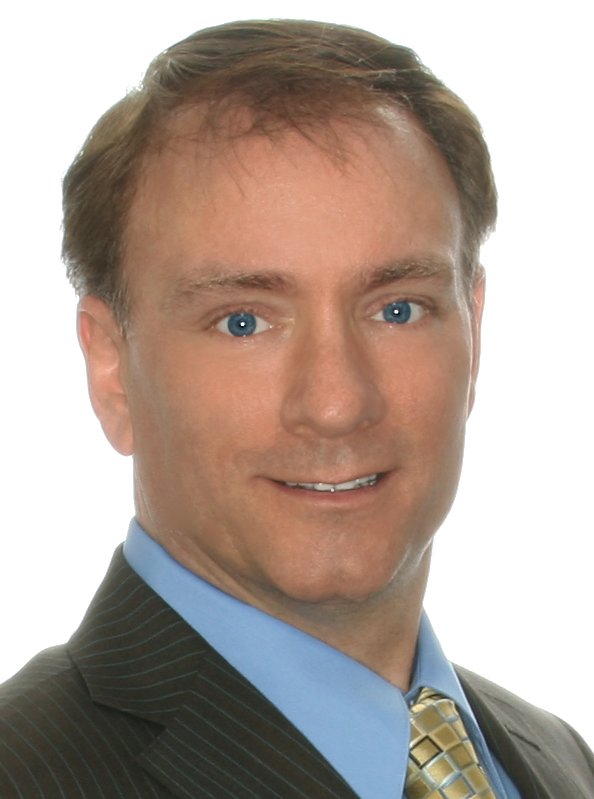
Dallas Voice President and Publisher Leo Cusimano said he often hears people talking about “the gay agenda.”
“To me, the gay agenda is one word, and that’s equality,” he said. “We’re very, very diverse, and we just want a seat at the table, just like anyone else. We just want to be treated equally like anyone else.”
He said LGBTQ+ people include homeless people, billionaires and everything in between. Stereotypes often lead people to think about community members as wealthy and white.
“Everybody thinks of us as wealthy, white rich men living together with a great double income, or two lesbians who are in high tech and making a fortune,” said Philadelphia Gay News Founder and Publisher Mark Segal.
Hanging on to those stereotypes can have detrimental implications because the problems faced by those who do not fit that mold are often overlooked.
“The immediate need right now is to build affordable senior housing because so many of our seniors are broke and being forced out of their neighborhoods or being forced into senior buildings that are religious where they'll pray around them in the evening,” he said. “One-third of homeless youth are LGBT, and a good percentage of that is BIPOC.”
He said he wants media outlets to cover those overlooked issues and to show the diversity in the LGBTQ+ community.
“We want to show the needs in our community more than anything else and show that it’s a community of rich, old, poor... We are a rainbow community.”
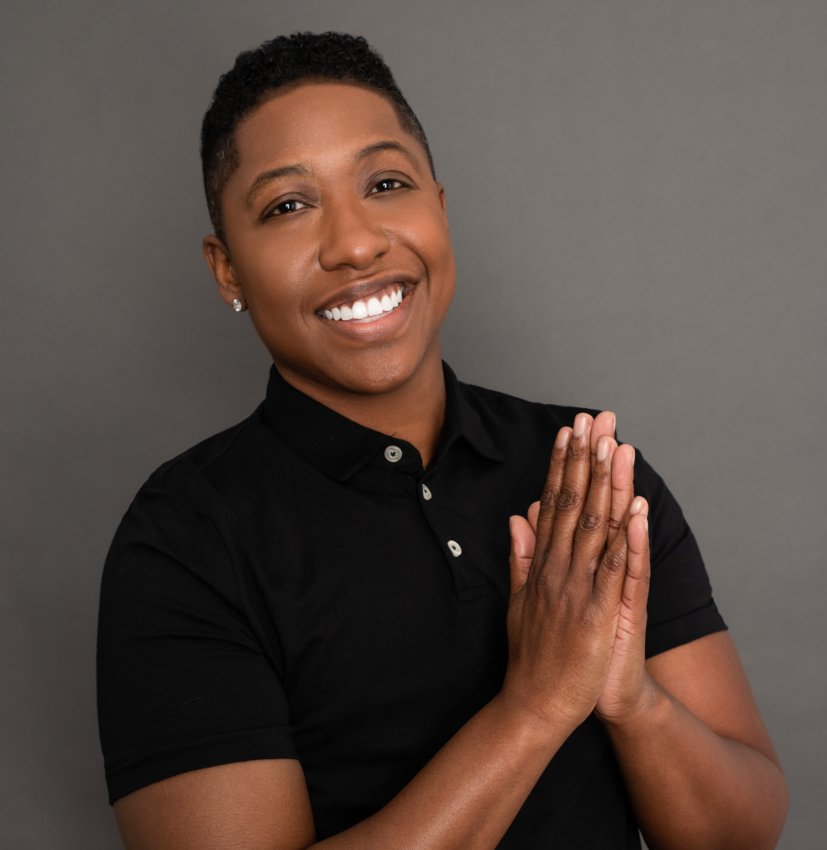
Tagg Magazine Editor and Chief Eboné Bell said it is essential for youth to see people like them represented in the media and succeeding.
“Representation matters," she said. “I’ve seen it personally, just for myself and with LGBTQ youth, just how important visibility and representation are. For people to see themselves in someone else matters,” she said.
She said that if a publication writes profiles on successful CEOs, for example, the subjects should include women of color and LGBTQ+ people.
“It’s immeasurable the amount of impact that that has,” she said. “When I was young, I would have loved to read about some lesbian CEO killing it, because we’re telling people what is possible. It’s not about telling these stories because it pulls at the heartstrings and is the right thing to do. It’s representative of this country, period. LGBTQ people exist everywhere. We are everywhere, and we should be represented as such.”
Instead, LGBTQ+ people are often only written about in negative news stories in mainstream media.
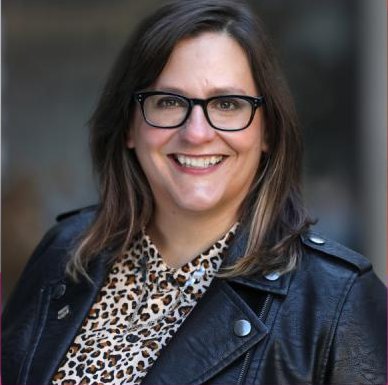
“Oftentimes when LGBT people are discussed in non-LGBT media, it’s with a negative slant, or the news is about one of us being murdered or something bad happening to us. There are not a lot of positive stories that happen in non-queer media,” said News Is Out Editor Dana Piccoli. “We have heard a lot from the people that we talked to, is that it’s really depressing to read about ourselves in non-queer media. We’re very cognizant of making sure that we include stories of trans joy, of queer joy in what we cover because if you’re just going off of national, mainstream media, too often it's about very, very sad situations or very dire situations.”
The LGBTQ+ editors and publishers said that before widespread cuts in newsrooms were commonplace, many major media outlets had a reporter assigned to the LGBTQ+ beat.
“I think that we should have visibility across the board in all stories. We shouldn’t be treated as this aberration where we’re going to cover gay people over here, Black people over here, Latino people over here. It needs to be fully integrated, and all reporters should understand that they’re on the gay beat. They’re on the Latino beat. They’re on the immigration beat because it’s going to somehow impact the stories you’re working on no matter what they are,” said Chicago Reader Publisher Tracy Baim.

She said reporters should cover every topic, from workplace culture to home design, with diversity in mind. A person’s sexuality or gender identity should not be treated like a “vestigial tail.” A person's gay identity should not be approached as “some secret aberration.”
“We've come a long way since the ‘80s when we wouldn't even mention that someone had a partner,” Baim said.
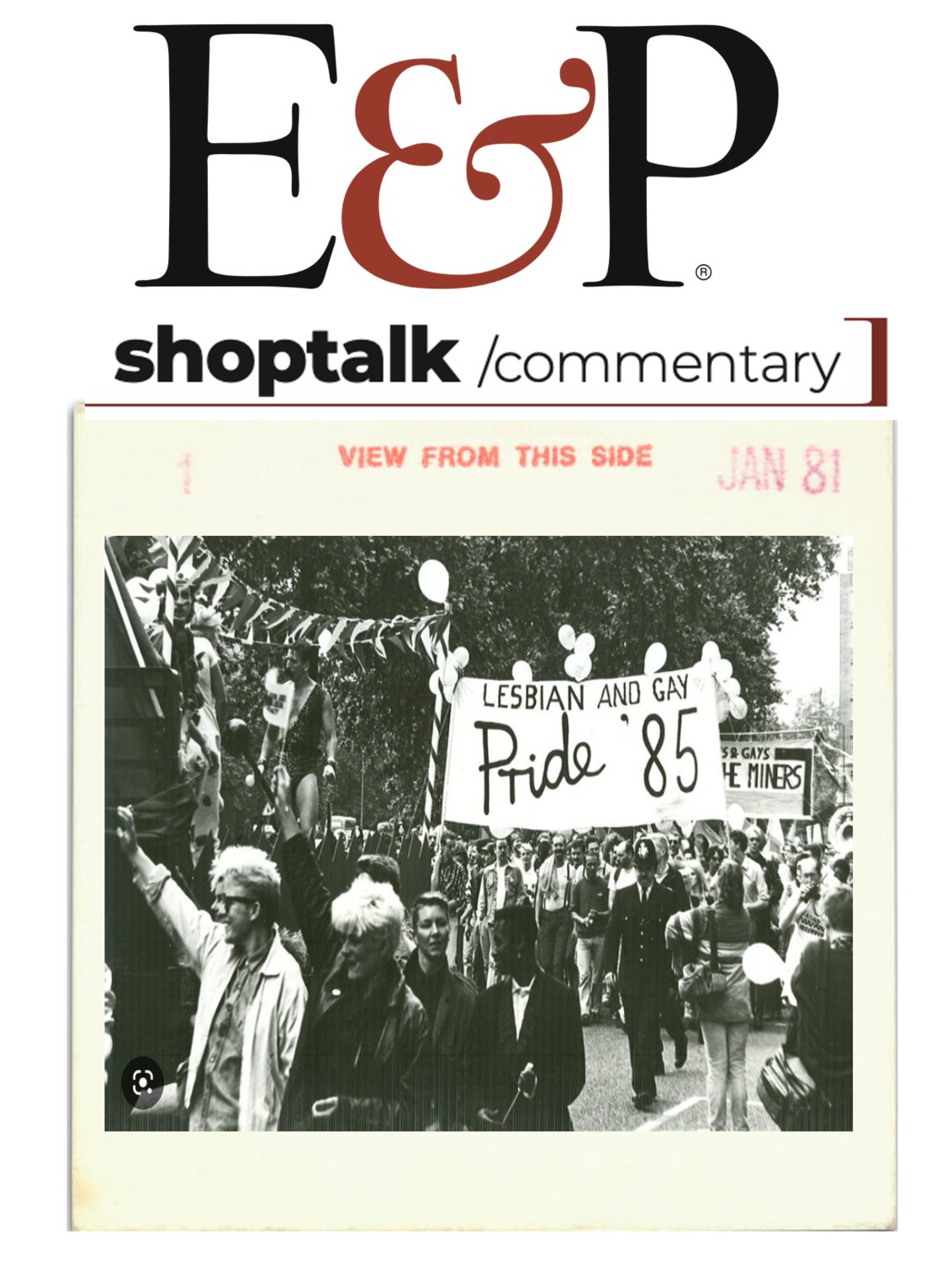
She said that a person’s sexuality and identity should be included in the story in the exact same way that a reporter would mention a cisgender, straight person’s spouse or partner.
She said that she often sees reporting on the LGBT+ community following outdated tropes and stereotypes. While she said it can be challenging to represent diversity in an article with only two sources, it’s important to highlight as many aspects of the community as possible.
“We try for that diversity because I think for decades, our community was primarily represented by white people and primarily cisgender men, and the community is so much easier to find through the internet than it maybe used to be,” she said. “I do remember in the past, in the Rolodex days, when they had two people in their Rolodex, and then they quoted the same people all the time. Go for a larger breadth of the community. There’s no excuse these days for being unable to find that.”
Step one in covering the LGBTQ+ community is correctly identifying sources. Ask people their pronouns, so they are not misgendered.
“The most important thing is to ask what your pronouns are — how do you identify? Don’t even assume that just because you saw something six months ago one way that that was correct or that it didn’t change,” she said. “This is an ever-evolving community, and the language around it changes all the time.”
Using proper terminology is imperative. Because the community is constantly evolving, members of LGBTQ+ media have recurring discussions about the best language to use, such as whether to use the acronym LGBTQ+ versus LGBTQIA.
“We try, as an industry, to get together on that terminology, and it’s not always easy because it’s an evolution for us all, and so that is true as well for the identity of our community,” Cusimano said.
Baim said that others in the community might use different terminology, and that’s OK. But while language may differ, it’s imperative to ask a source how they identify themselves.
“Listening and not judging, listening and accurately reporting current information about a person is really important, and making sure your sources are diverse in all aspects of the community,” Baim said.

Segal noted there was a term the community left behind decades ago, and using that term can show the political leanings of a publication.
“My favorite thing is what is not included in LGBTQIA+, which is ‘H,’” he said.
Segal said that in 1969 when the LGBTQ+ community began to self-identify, they decided they did not want to use the word “homosexual” to describe themselves.
“You can literally tell the political situation of a media outfit in mainstream media, if, after they say ‘LGBTQ,’ they begin to refer to us as ‘homosexuals,’” he said. “Allow us as a community to self-identify who we are, and at the same time, don’t miss identifying trans people. Please try to identify them as they wish to be identified.”
Bell said deadnaming, or referring to a trans person by a name they do not use, is a major problem seen frequently in media.
“Deadnaming — you see it too much. Unfortunately, too many of our trans sisters, brothers and siblings are being attacked or murdered at an alarming rate, and it is imperative that you do your research and find out how they identify,” Bell said.
The publishers said it is a learning process for them as well to consistently identify everyone properly. They make mistakes too, and asking questions is the easiest way to prevent a problem.
“We support our trans brothers and sisters, and you might have just heard me also say ‘siblings’ because I learned that not all trans people might identify as ‘he’ or ‘she.’ They’re nonbinary,” she said. “It’s really just about research, and the information is out there. Just ask if you don't know.”
She said it is aggravating to see a person misgendered or misidentified in media because it is an easy problem to avoid.
“It takes nothing. It takes five or 10 minutes to make sure that you don’t misspell someone’s name or that you don’t assign the wrong pronoun. That drives me nuts when it’s just something so simple you can do,” she said. “Just ask. Ask us. Ask other LGBTQ media outlets, as well, if you don't know.”
Baim said that there are ways to avoid deadnaming in the first iteration of a breaking news story. She said if there are questions about a person’s identity, use other identifiers until the proper name can be verified.
“My opinion on deadname is that there are ways around it in the early phase for a story by using other identifiers — including just a last name if it's the same last name,” she said. “Just be transparent with readers — explain the situation and say we are awaiting confirmation on how they chose to identify. For readers who did not know this person, not having a name does not matter to them. They would forget it right away anyway. But for those who knew them, using the wrong name would be offensive and wrong.”
She cautioned against relying on the police for a person's name and identity.
“Police are the worst at change on this, so I would not rely on them anyway,” she said.
Brown said it is also important for reporters to recognize their own biases and perspectives. Sometimes, those should be noted in a footnote in a reporter’s story.
She said the biggest recurring issue she has seen in LGBTQ+ coverage in mainstream media is the same issue she sees among politicians.
“My LGBTQ reporter pet peeve is Gay Pride Day. I have the same issue with politicians,” she said.
She said it is tokenizing for publications to cover the community once a year, and it is obvious when publications and politicians pander by covering the community only during Gay Pride Month.
“It’s totally annoying to be written about only once a year, and I think it’s the fault of panicky editors who assign someone a story. That is a recurring issue for the LGBTQ+ reader,” she said. “We’re here daily reporting on all our communities’ ups, downs, pluses and minuses.”
Segal said that historical context matters, and understanding that context helps those who are being educated about the community on the reasons certain issues matter, like being in the military.
“They don’t think outside of our sexuality, and they don’t think that we had a place in history. They don’t think we have a culture,” he said. “If you understood our history, you might learn that there wouldn’t be a United States of America without a gay man: Wilhelm von Steuben.”
Friedrich Wilhelm von Steuben had a leading role in the American Revolutionary War and is credited with reforming the Continental Army into a disciplined military force.
Segal said there is a push to look at how different groups have contributed to history, but that is not done often in the LGBTQ+ community.
“Therefore, young LGBT people don't have people to look up to,” he said. “We have to look into our past, and we also have to understand and make clear what our culture is and how our culture has influenced the culture that we have today.”
Additional tips and information can be found at www.glaad.org/references and www.nlgja.org.
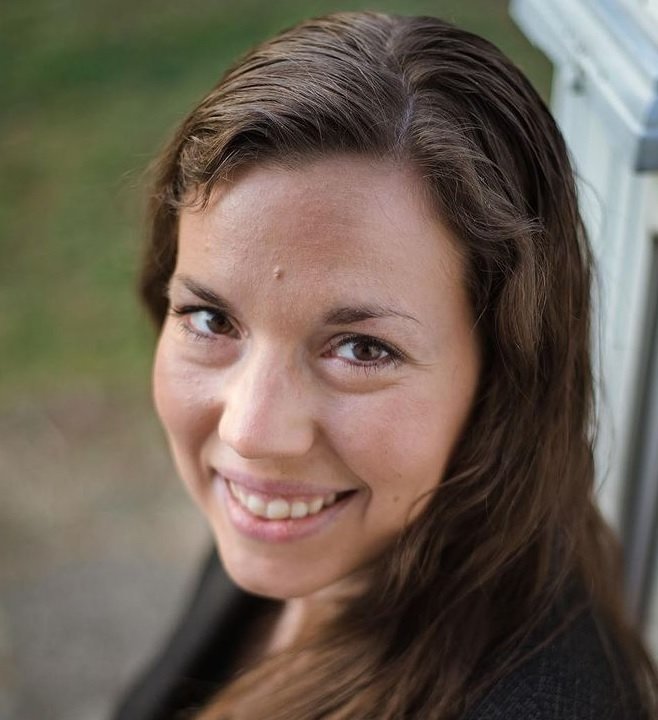 Alyssa Choiniere is an Editor & Publisher contributor. She is a journalist based in southwestern Pennsylvania covering a variety of topics including industry news and criminal justice.
Alyssa Choiniere is an Editor & Publisher contributor. She is a journalist based in southwestern Pennsylvania covering a variety of topics including industry news and criminal justice.
Comments
No comments on this item Please log in to comment by clicking here